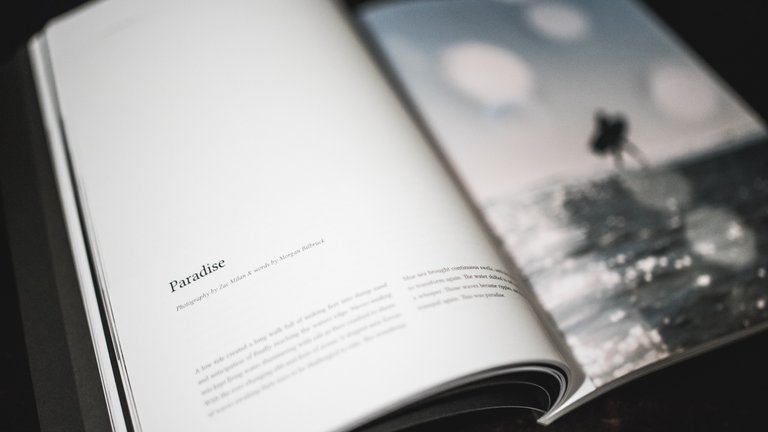Resistance of our Conscious
When resistance traps us and diverts us from the path of meditation technique, we sometimes get angry with ourselves. We often have contradictory concepts about our resistance from the point of view of our conscious mind and we may think that it intends to sabotage us, that it is self-destructive, that it is always on the lookout, that while from the point of view of another part of us, it tries to save us from the dangerous and reckless madness of our conscious mind.
 Source
Source
There is a very primitive part of us, it is like one of the old dragons living in deep canyons under the plain of reflections. It is based purely on trial and experience, seeks pleasure and flees from pain. It is not creative, it does not look to the future or imagine alternatives to old behaviors. In short, your motto could be, yesterday I did this and survive, only if I do it today I can still leave quiet.
That primitive mind tries to protect us from all change, especially if it involves transforming us. While it knows it is inevitable, it does not like things in the world to change, though it greatly abhors changes in us. We must recognize that resistance comes from a part of us that tries to help us survive.
That dragon of the depths has unconscious programs and guidelines that we have sometimes accepted as survival value. When we try to act against, or change, those guidelines evoke resistance. The plain of resistance does not have to be, in principle, a battlefield, and there are other better ways to deal with resistance than by fighting it.
 Source
Source
When we realize that the resistance has diverted us, we should not get impatient or irritated. The experience of meditation must involve a feeling of calm and serenity, and anything that opposes that is another form of resistance, which must be avoided. Resistance can be layered and layered. We must be calm and avoid self-criticism, impatience, and other negative and counterproductive attitudes that alter the peace of our inner world. When we feel frustration or anger towards ourselves or our environment, it is good to be aware that it is another way to get lost in the forest. What we must do is take a deep, very deep breath, consciously releasing the emotion as we exhale, and continue meditating.
When we realize that we have strayed from the path, we can accept that we are resisting suggesting that we consider it later, after practicing, because now is not the time, the mental tone of voice should be as patient and kind as if we were addressing a dear child to continue the exercise until the end of the established time.
 Source
Source
An even better alternative is to consider that thoughts can come and go as the background of our meditation. If we stay focused on the practice of our technique, those fortuitous thoughts can only penetrate into the fissures of our attention. We can use resistance to remind ourselves that we could pay more attention to our point of view. This is a nice, ingenious twist of the mind, a kind of mental judo, and it is most effective in discouraging our resistance.
The more concentrated we are in practice, the fewer interruptions we will have. Instead of fighting or getting angry with ourselves, we can take advantage of each distraction to remind ourselves that we must concentrate more and more.
There is, however, another way to deal with certain types of distraction. Assuming it.
 Source
Source
When we concentrate on avoiding paying attention to something, we are not practicing the technique. This exercise discards the idea of confrontation and uses environmental noises that distract and annoy us as the positive focal point of meditation, rather than considering them a distraction to be avoided.
Sit in a comfortable, upright posture. Notice the movement of the abdomen when breathing.
Use the natural sounds of the environment as an external focal point. Be aware of breathing.
While listening carefully. Mention the sounds you hear. For example, you can say mentally, car... refrigerator... breathing... voices... music... voices... breathing... etc. Don't think about sounds, limit yourself to observing them and mentioning them, without valuing them well or badly.
Let each sound, whatever it may be, immerse you more in the state of meditation.
While practicing, pay constant attention to the movement of the breath in the lower abdomen.
Keep your eyes closed, or slightly open with your eyes down.
This type of exercise usually modifies our reaction to the noises of the environment, which seem more and more neutral, or even relevant, instead of irritating or alarming us. It is evident that some noises are precisely intended to alarm and attract our attention. But we respond to many noises that have nothing to do with us as if they were also alarms, when these, in fact, are scarce, as opposed to most noises that are neutral, or unimportant.
If you have a problem with noise, it is worth trying this technique, which will require some constancy on your part, because the answer is not immediate, but after about a month of daily practice you will notice a radical and lasting change.
A lot of Hugs...!!
@edgarare1




@edgarare1, Inner Mechanisms rules our Outer World for sure and sometimes it's really difficult to maintain the balance between Outer Manifestation and Inner Happenings. Stay blessed.
Posted using Partiko Android
A journey and instruction. Nice.